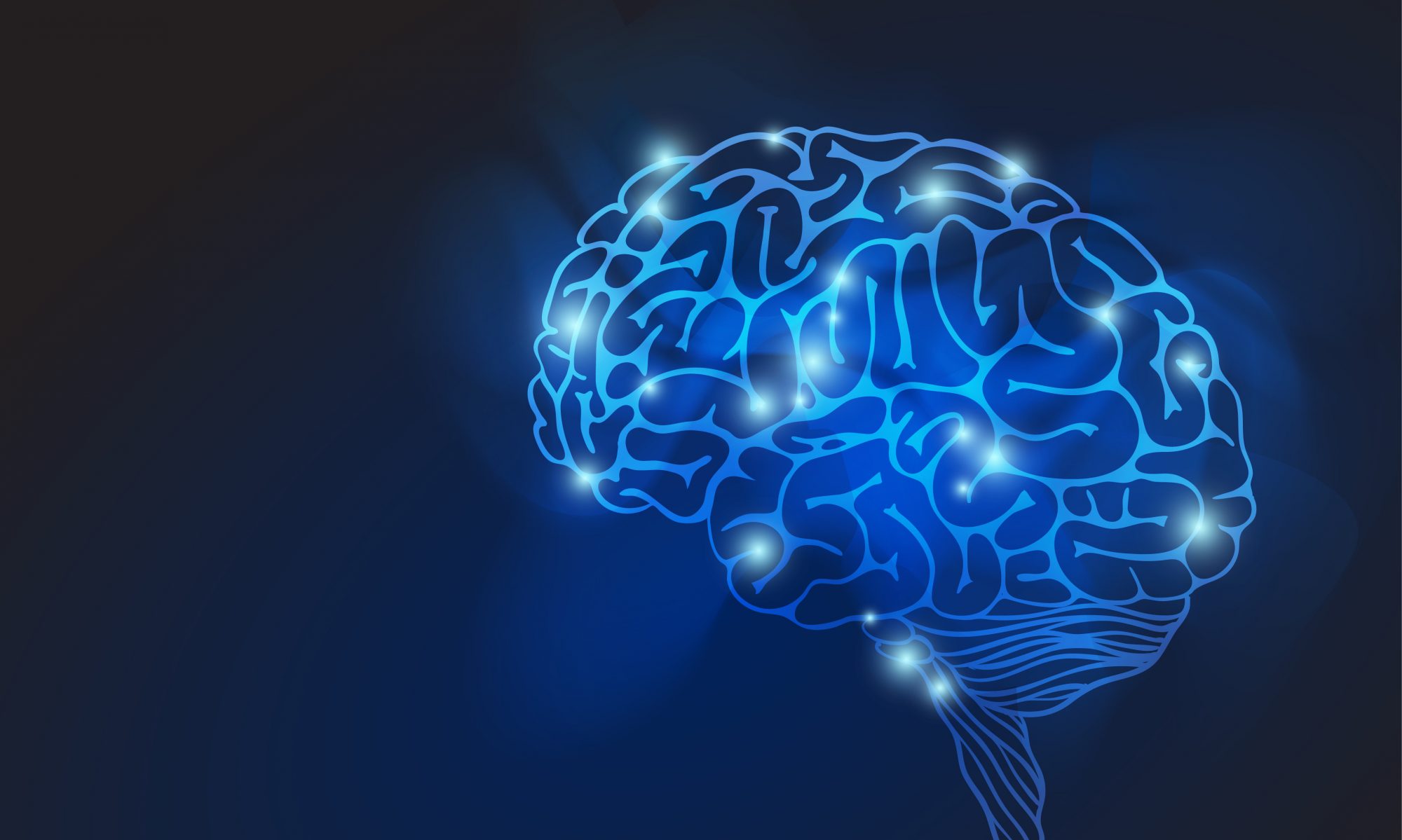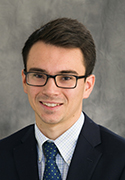Over the course of the semester, our trainees are reviewing webinars in their given fields and preparing abstracts to help colleagues outside their discipline make an informed choice about watching them. As our program bridges diverse disciplines, these abstracts are beneficial for our own group in helping one another gain key knowledge in each other’s fields. We are happy to share these here for anyone else who may find them helpful.
Neural Basis for Skilled Movements
Part of Georgia Tech’s 2021-2022 Neuro Seminar Series
Adam Hantman, Associate Professor in the School of Medicine, University of North Carolina Chapel Hill
March 14, 2022
Watch on the Georgia Tech Website >>
In this talk, Dr. Hantman introduces the idea of complex motor movements and the associated regions of the nervous system (motor cortex, thalamus, cerebellum) speculated to be integral to skilled movements. After a brief background, the speaker raises a question currently being addressed by the field: Where do neural dynamics in the motor cortex come from; are the local or distributed?
While not fully established across all skilled movements, Dr. Hantman narrows the question to a specific type of movement: a mouse reach and grab test. This test, coupled with optogenetics that can turn off regions of the motor cortex, allowed his lab to prove that the contralateral sensory motor cortex is necessary for initiation and continuation of the forelimb reach task, but not necessary for a simple lick task. This beautiful illustration elucidates the neural basis for skilled movements.
He further answers his raised question by deciphering the link between the thalamus and the motor cortex and shows that turn off of the thalamus does not completely silence the motor cortex, but does impact the principle component pattern. All in all, it is clear that the work from the Hantman lab is at the front of the field and leading to new discoveries, but even the speaker acknowledges that the full neural basis has yet to be discovered and quantified for skilled movements. Furthermore, the blanket term “skilled movements” is very broad in definition and is variable across different species leading to more interesting questions of what motor function is localized and which is distributed.


